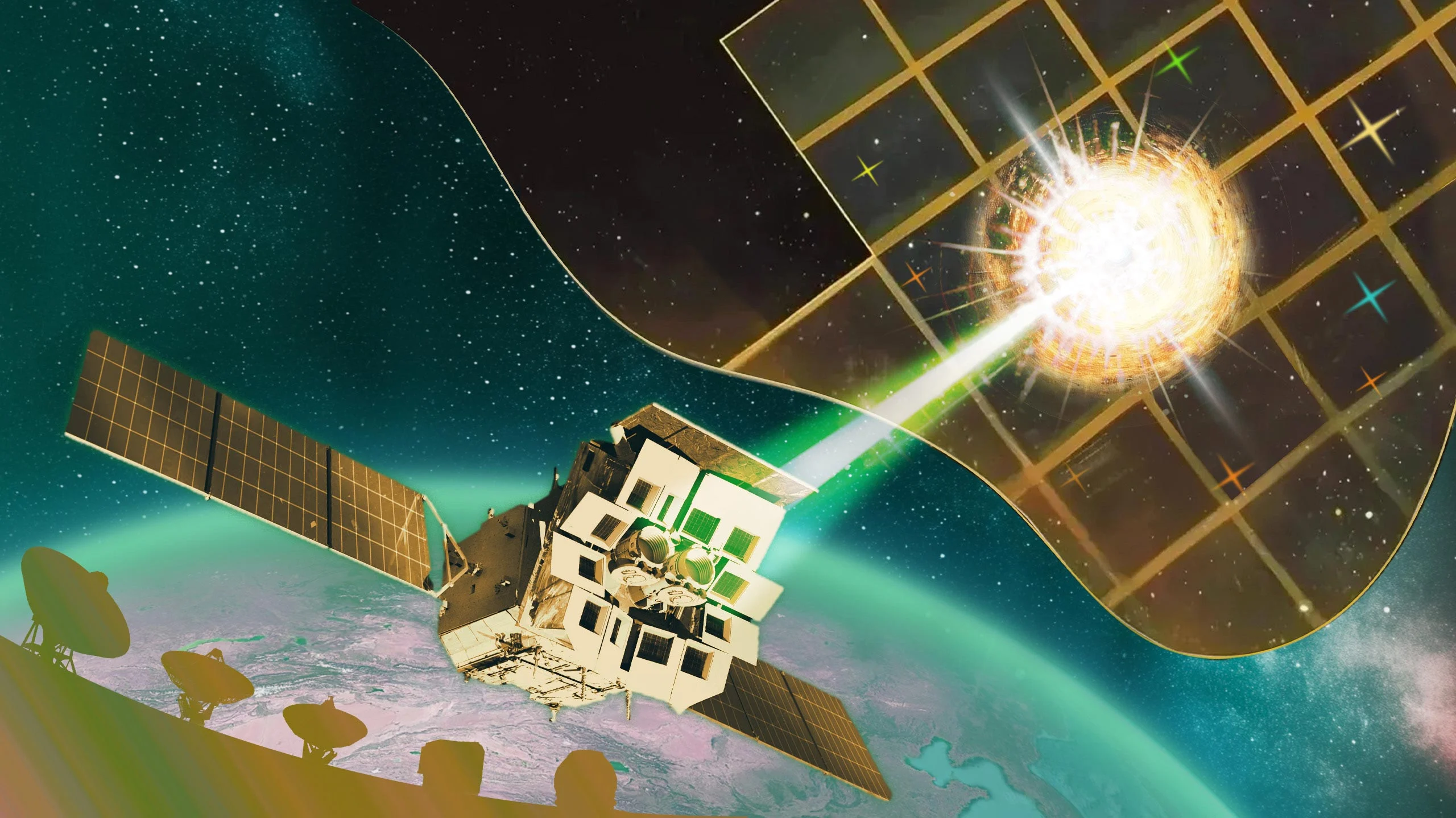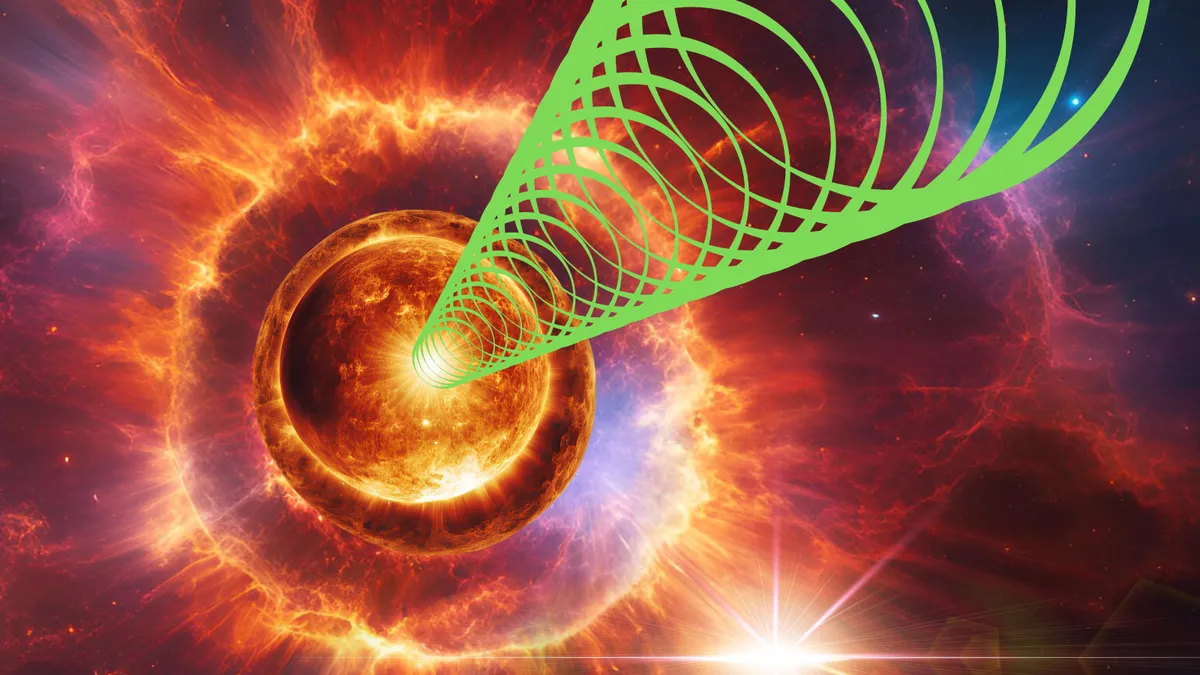In April of the previous year, the Einstein Probe spacecraft detected an unusual cosmic explosion, referred to as EP240408A. Initially, astronomers believed the event could be attributed to a gamma-ray burst, which might have been caused by the collision of two neutron stars or the death of a massive star. However, further investigation introduced the possibility that the explosion could be the result of a tidal disruption event (TDE), where a supermassive black hole rips apart and consumes a star. This raised questions and shifted the focus of the research.
Unusual Features of EP240408A
Despite initial theories, EP240408A displayed unusual characteristics that did not fully align with either gamma-ray bursts or tidal disruption events. Specifically, its short duration and high luminosity made it difficult to explain using current models for these cosmic phenomena. The atypical nature of the explosion led to the suggestion that EP240408A could be something completely new, unlike anything previously observed in astrophysics. This unexpected behavior motivated astronomers to conduct further studies to understand its true origin.

In response to the mysterious nature of EP240408A, an international team of astronomers performed extensive follow-up observations using a range of ground-based and space-based telescopes. These observations involved sophisticated instruments, such as NASA’s Nuclear Spectroscopic Telescope Array (NuSTAR) and Neutron Star Interior Composition Explorer (NICER).
Despite their efforts, the explosion’s properties remained difficult to reconcile with known types of cosmic events. As one researcher explained, while the explosion shared some features with different phenomena, it did not fit the full description of any known event.
The Theory of Jetted Tidal Disruption Events
One promising hypothesis for EP240408A’s origin is that it could be a jetted TDE, a rare type of tidal disruption event. TDEs occur when a star strays too close to a supermassive black hole, causing immense tidal forces that stretch and tear the star apart in a process known as “spaghettification.” The resulting material forms an accretion disk around the black hole. Jetted TDEs are considered rare, representing only about 1% of TDEs, and are thought to occur when the star’s orbit is misaligned with the black hole’s rotational axis, resulting in the production of jets.
As astronomers continue their investigation into the nature of EP240408A, the Einstein Probe spacecraft plays a key role in the research. With the help of instruments like NICER, astronomers are gathering more data in hopes of better understanding these rare and energetic cosmic events. The team is eager to see what future discoveries will be made as new explosions are detected. Researchers like Dheeraj Pasham from MIT are particularly excited about continuing to explore these unique events, which may lead to new insights into the workings of the universe.
